A wooden knife sheath isn’t just a classic kitchen accessory—it’s a smart, durable, and protective tool for your knives. Whether you’re storing your favorite chef’s knife or carrying a blade outdoors, a wooden sheath keeps the edge safe, sharp, and rust-free. Unlike plastic alternatives, wooden knife sheaths are eco-friendly, aesthetically pleasing, and crafted from quality materials that suit every knife enthusiast’s taste.
What Is a Wooden Knife Sheath?
A wooden knife sheath is a custom-fit cover designed to protect the blade of your knife. Unlike typical plastic covers or flimsy fabric cases, these sheaths are carved from solid pieces of wood and often made specifically to match the blade’s size and shape.
The sheath wraps securely around the blade, preventing nicks, dull edges, and accidental cuts. It serves as a protective shell, both for your knife and for your hands. While some wooden sheaths come with a magnet or locking mechanism, most rely on precision fit to stay in place. Ideal for storing kitchen knives in drawers or carrying tools for outdoor adventures, wooden sheaths balance function with style. They offer a traditional, natural look while being incredibly practical.
Why Use a Wooden Knife Sheath Instead of Plastic?
Plastic sheaths might seem convenient, but they lack the charm, quality, and long-term safety of wooden ones. Wood is a renewable material that not only lasts longer but also offers better breathability. This helps prevent moisture buildup, which can cause rust on your knives. In contrast, plastic traps moisture and often cracks over time, leading to damage or injury.
Moreover, wooden knife sheaths are often handcrafted, meaning they’re tailored to fit your knife perfectly. This precision reduces unnecessary movement inside the sheath, keeping your blade sharp and damage-free. Wooden sheaths are also biodegradable, safer for the environment, and can be refinished or repaired if scratched—unlike plastic, which usually ends up in the trash.
What Kind of Wood Is Best for Knife Sheaths?
Not all wood is created equal. The type of wood used plays a big role in the quality, look, and durability of your knife sheath. Choosing the right wood depends on your preference for weight, color, grain, and feel. Here are some of the most popular options:
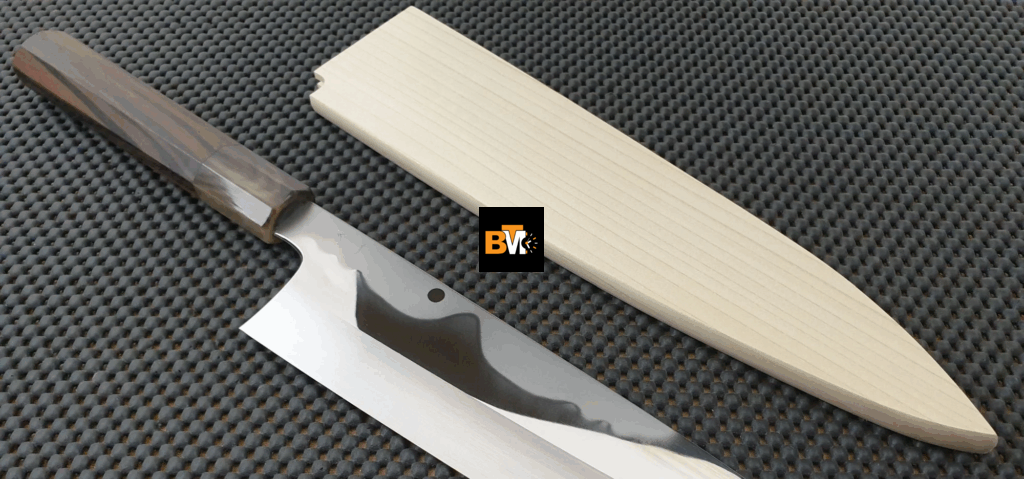
Walnut Wood – Dark and Durable
Walnut is a favorite among knife makers because of its deep chocolate-brown color and natural resistance to wear. It’s a hardwood, meaning it can handle bumps and scratches without cracking or splintering. Walnut’s tight grain adds to its durability while offering a refined, rich appearance. It’s ideal for those who want a sophisticated look with long-lasting performance.
Maple Wood – Light and Smooth
Maple is another strong contender. Known for its creamy color and silky texture, maple is lighter in weight and color than walnut, but just as durable. It’s a great option if you prefer a minimalist, modern kitchen aesthetic. Its fine grain makes it easy to carve into custom shapes, ensuring a snug fit for any blade.
Cherry Wood – Natural Beauty
Cherry wood brings a unique warm red tone that deepens over time, creating a sheath that grows more beautiful with age. It’s slightly softer than walnut and maple, making it easier to work with for DIY projects. Though it may pick up marks more easily, its beauty and polish make cherry a favorite for display sheaths or collector knives.
How to Pick the Right Size Sheath
Choosing the correct size for your wooden knife sheath is crucial. An ill-fitting sheath can dull your blade, damage the edge, or even pose a safety risk. Start by measuring the length and width of your knife blade. Many sheaths are designed for standard sizes (like 8-inch chef knives), but if your knife has an unusual shape or size, look for a custom-fit sheath or consult a craftsman for a made-to-order solution.
The sheath should hold the knife snugly, with no wobble or loose space. A tight fit ensures the blade stays secure and doesn’t slip out unexpectedly. If you’re unsure, bring your knife with you when shopping or buying online, and double-check the dimensions provided.
How to Keep Your Wooden Knife Sheath Clean
Keeping your wooden knife sheath clean is simple and ensures it lasts a long time. Never submerge it in water or put it in the dishwasher. Instead, wipe it down with a damp cloth if needed. For deeper cleaning, use a small brush to remove any crumbs or buildup inside the sheath.
Every few months, treat your sheath with a food-safe mineral oil or wood conditioner. This keeps the wood hydrated, prevents cracking, and maintains its beautiful finish. Avoid using cooking oils like olive or vegetable oil, as they can become sticky or go rancid.
Can You Use a Wooden Sheath for All Kinds of Knives?
Yes, wooden knife sheaths can be used for almost any kind of knife—whether it’s a kitchen blade or an outdoor survival knife. The key is to choose the right type and shape of sheath that suits your specific knife.
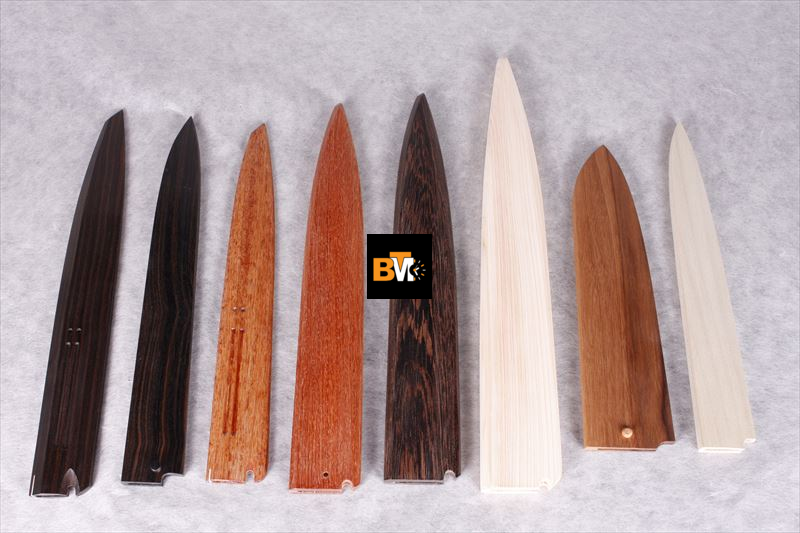
Chef Knife Sheaths
Chef knives are the most common kitchen tools stored in wooden sheaths. An 8- or 10-inch chef knife benefits greatly from the protection a wooden sheath provides, especially if stored in a drawer. The sheath prevents the edge from dulling or causing injury and keeps your cooking tools organized.
Outdoor Knife Sheaths
For camping, hunting, or fishing knives, wooden sheaths offer rugged protection. These knives are often exposed to dirt, water, and rough handling. A wooden sheath made of strong hardwood can keep your blade safe during travel and help maintain its sharpness. They also look much more authentic and rustic compared to synthetic sheaths.
How to Make Your Own Wooden Knife Sheath
If you enjoy woodworking or want a DIY project, making your own wooden knife sheath can be a rewarding experience. Choose a hardwood like maple or cherry, then trace your knife’s shape onto the wood. Use a chisel or router to carve out a cavity that fits the blade snugly.
Once the cavity is shaped, glue the two wooden halves together and clamp them until dry. Sand down the edges for a smooth finish, and optionally apply mineral oil or beeswax for protection. This custom approach gives you total control over the look and fit, and it adds a personal touch to your kitchen gear.
Wooden Knife Sheath
A wooden knife sheath isn’t just a safety tool—it’s a statement. It tells your guests and fellow chefs that you take your tools seriously. More than that, it protects your knife’s edge, keeps your hands safe, and adds a natural beauty to your kitchen or toolkit. Whether you’re storing a classic Santoku or an outdoor survival blade, a quality wooden sheath enhances the value and longevity of your knife.
From seasoned chefs to weekend campers, anyone who uses a knife regularly should consider a wooden sheath. With proper care, it will last a lifetime and become a trusted part of your everyday tools.
The Bottom Line
When it comes to storing and protecting your knives, a wooden knife sheath stands out as the smartest choice. It’s safe, stylish, eco-friendly, and built to last. Whether you’re using walnut for its bold look, maple for a clean finish, or cherry for its elegant hue, the right wooden sheath makes all the difference.
Forget plastic, skip the cheap alternatives, and invest in something that truly matches the quality of your blade. A wooden knife sheath isn’t just a kitchen tool—it’s a tool for life.

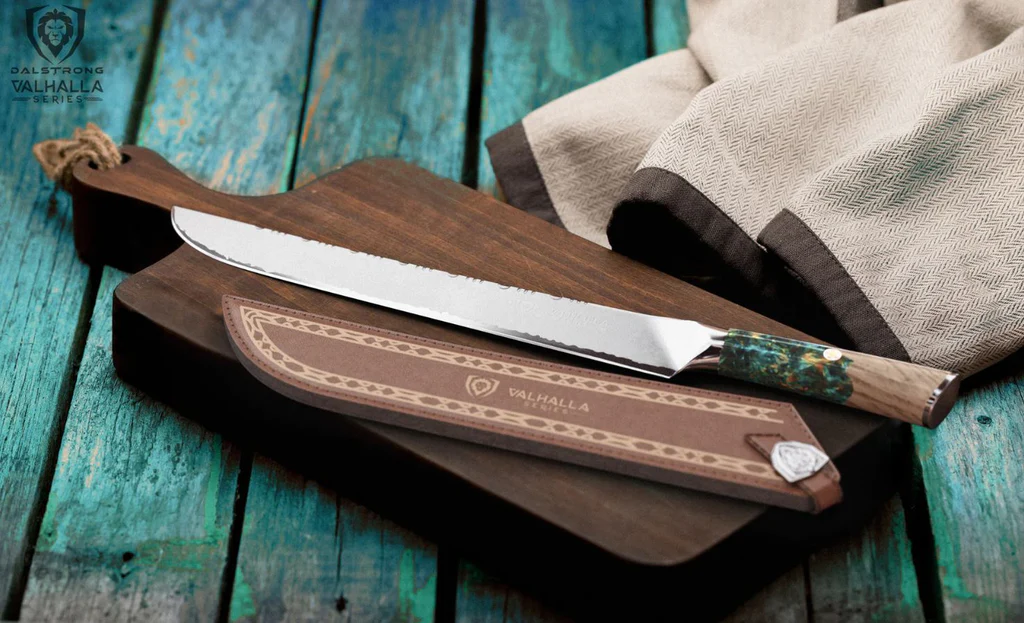



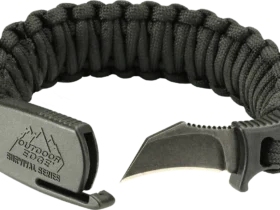
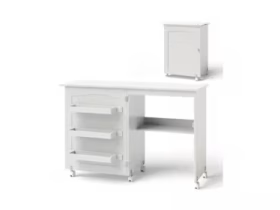
Leave a Reply